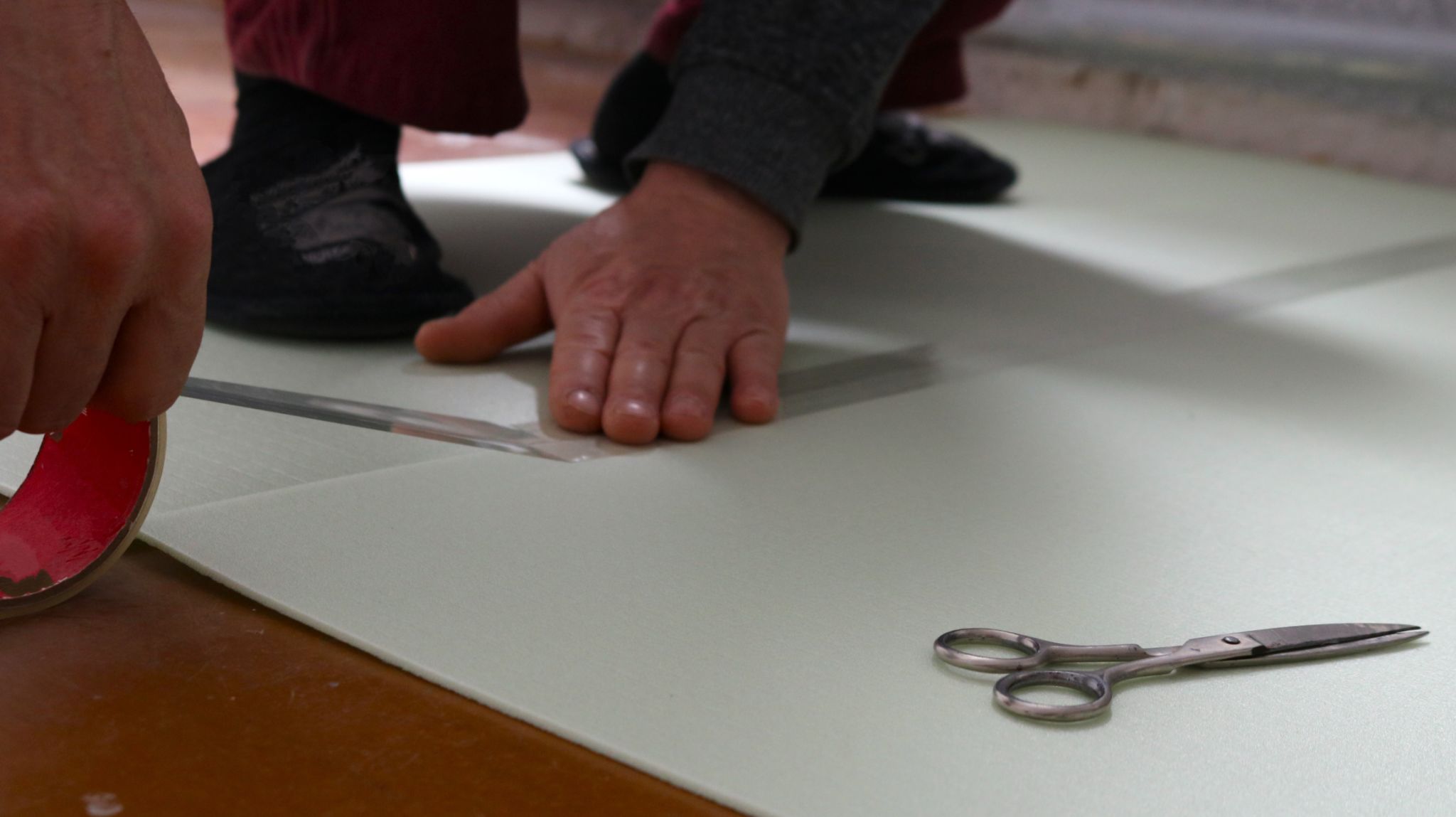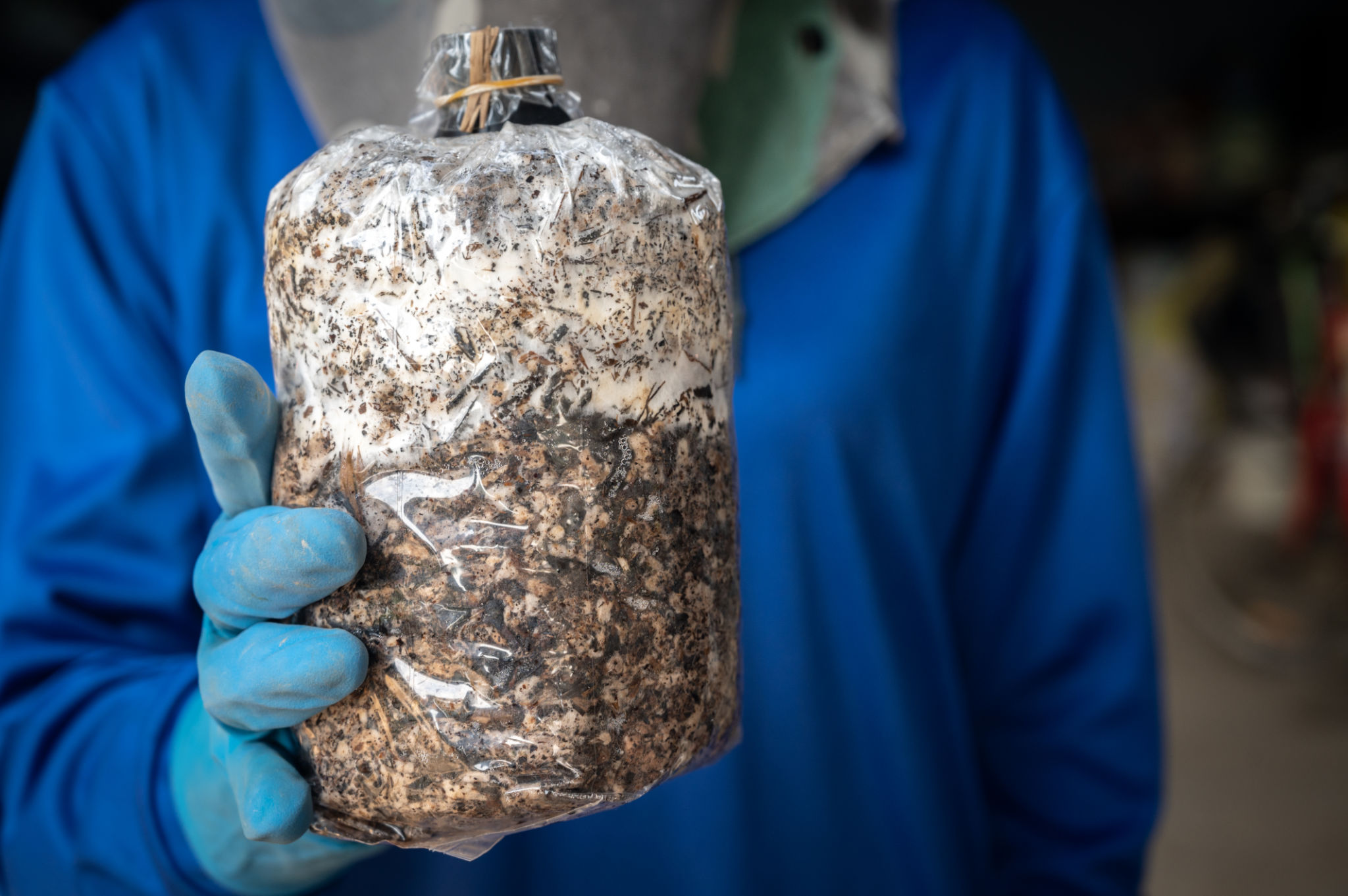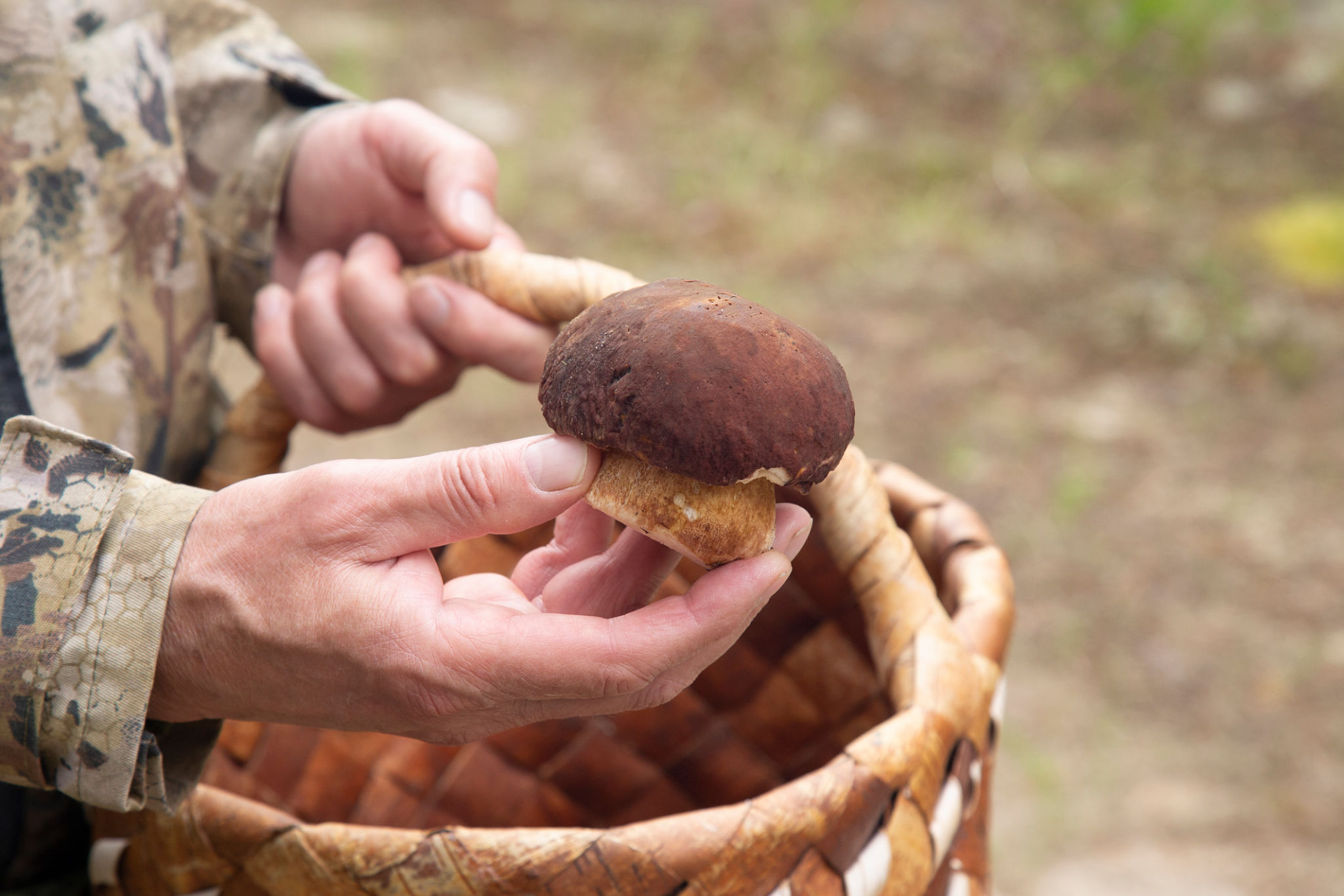A Beginner's Guide to Mushroom Cultivation in Idaho: Tips from Basidia Farms
Introduction to Mushroom Cultivation
Mushroom cultivation is an exciting and rewarding venture, especially in the fertile landscapes of Idaho. With the growing interest in sustainable farming and organic produce, more people are exploring this fascinating field. At Basidia Farms, we've mastered the art of growing mushrooms and are eager to share our insights with you.
Whether you're looking to cultivate mushrooms for personal use or planning to start a commercial operation, understanding the basics is crucial. Let's dive into some essential tips and tricks to get you started on your mushroom-growing journey in Idaho.

The Ideal Conditions for Growing Mushrooms
Mushrooms thrive in specific environmental conditions that need to be carefully controlled. The key elements include temperature, humidity, and light. Most mushrooms prefer temperatures between 55°F to 60°F and high humidity levels of around 80-90%.
In Idaho, the climate can be quite variable, so it's important to create a controlled environment for your mushrooms. Consider setting up a dedicated grow room or greenhouse where you can regulate these conditions effectively. Ensuring proper ventilation is also crucial as mushrooms require fresh air for their growth.
Choosing the Right Substrate
The substrate is the material on which mushrooms grow. It provides the necessary nutrients for their development. Common substrates include straw, sawdust, and composted manure. Each type of mushroom has its preferred substrate, so it's important to do some research on the specific species you wish to cultivate.
For beginners, oyster mushrooms are a great choice as they are less demanding and can grow on various substrates, including coffee grounds and straw. Experimenting with different substrates can also be a fun way to discover what works best for your setup.

Selecting Mushroom Species
There are numerous mushroom species that you can cultivate, each with unique flavors and textures. Some popular varieties include shiitake, lion's mane, and oyster mushrooms. When selecting a species to grow, consider factors like market demand, ease of cultivation, and personal preference.
It's advisable to start with one or two types of mushrooms and gradually expand your selection as you gain more experience. This approach allows you to refine your cultivation techniques and manage any challenges that may arise more effectively.
Starting with Mushroom Spawn
Mushroom spawn is essentially the seed that you'll use to start your cultivation. It's crucial to purchase high-quality spawn from reputable suppliers to ensure a successful yield. Basidia Farms recommends sourcing spawn from local suppliers in Idaho to minimize shipping time and increase freshness.

Maintaining Your Mushroom Crop
Caring for your mushroom crop involves regular monitoring of environmental conditions and making adjustments as needed. It's essential to keep the substrate moist but not waterlogged, as excessive moisture can lead to contamination issues.
Additionally, keep an eye out for signs of pests or diseases. Implementing good hygiene practices like sterilizing tools and maintaining cleanliness in your grow area can significantly reduce the risk of contamination.
Harvesting and Post-Harvest Care
The moment you've been waiting for—harvesting your mushrooms! Most varieties are ready for harvest when their caps open up and expose the gills underneath. Use a sharp knife to cut the mushrooms at the base rather than pulling them out to avoid damaging the substrate.
After harvesting, store your mushrooms in a cool, dry place to extend their shelf life. For commercial growers, packaging plays a vital role in maintaining freshness during transport and storage.

Conclusion
Mushroom cultivation in Idaho offers a unique opportunity for both hobbyists and entrepreneurs alike. With the right knowledge and dedication, you can enjoy a bountiful harvest of these delectable fungi. Basidia Farms encourages newcomers to start small, learn from each experience, and gradually expand their operations.
Remember, patience and attention to detail are your best allies on this journey. Happy growing!
